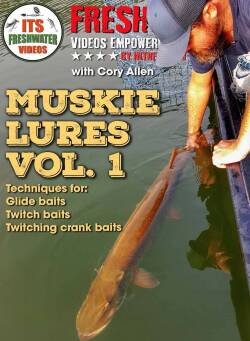Dam spills concentrate catfish as dropping temperatures boost feeding and baitfish get swept through systems, but heavy current creates boat control challenges preventing effective presentations. Success requires reading slack water seams and bottom depressions where catfish ambush prey without fighting flows, then using anchoring techniques and bait adjustments that maintain position and get offerings into strike zones during variable spill rates.
Catfish Techniques for Heavy Current
(00:45:31)Why Does Heavy Current at Dam Spills Create Catfishing Challenges?
How Do Catfish Position Relative to Current in Dam Spill Areas?
Catfish act as ambush predators preferring calmer waters offering protection from heavy flows while allowing access to baitfish swept through the system. Reading slack water seams, bottom depressions, and structures providing current breaks determines where giant catfish stage during spill events.
Key positioning areas include:
- Slack water seams where fast current meets calm zones
- Bottom depressions creating eddies and reduced flow
- Structure offering current protection while maintaining feeding access
Fish don't fight heavy current continuously but instead position strategically where flows concentrate bait without requiring constant energy expenditure.
What Boat Positioning and Anchoring Techniques Handle Heavy Spill Rates?
How Does Bait Selection and Presentation Differ in Strong Current?
Fresh bait remains critical, but presentation adjustments for heavy current determine whether catfish find offerings or baits wash downstream ineffectively. Weight selection, leader length, and deployment angles all change based on flow strength and bottom composition near dam spills.
User Reviews
There are no reviews yet.Seth Horne
Seth Horne is a passionate sport fisherman and media professional who has fished across the globe for over 20 years. Through his production companies, he creates fishing films and videos focused on sharing the knowledge of expert anglers worldwide. Horne launched the In The Spread (ITS) video platform to provide comprehensive fishing instruction and revolutionize how anglers improve their skills. ITS features in-depth tutorials, tips, and adventures from some of the world's best fishermen. Horne's mission is to share fishing expertise to help anglers have better experiences on the water.
Read more



